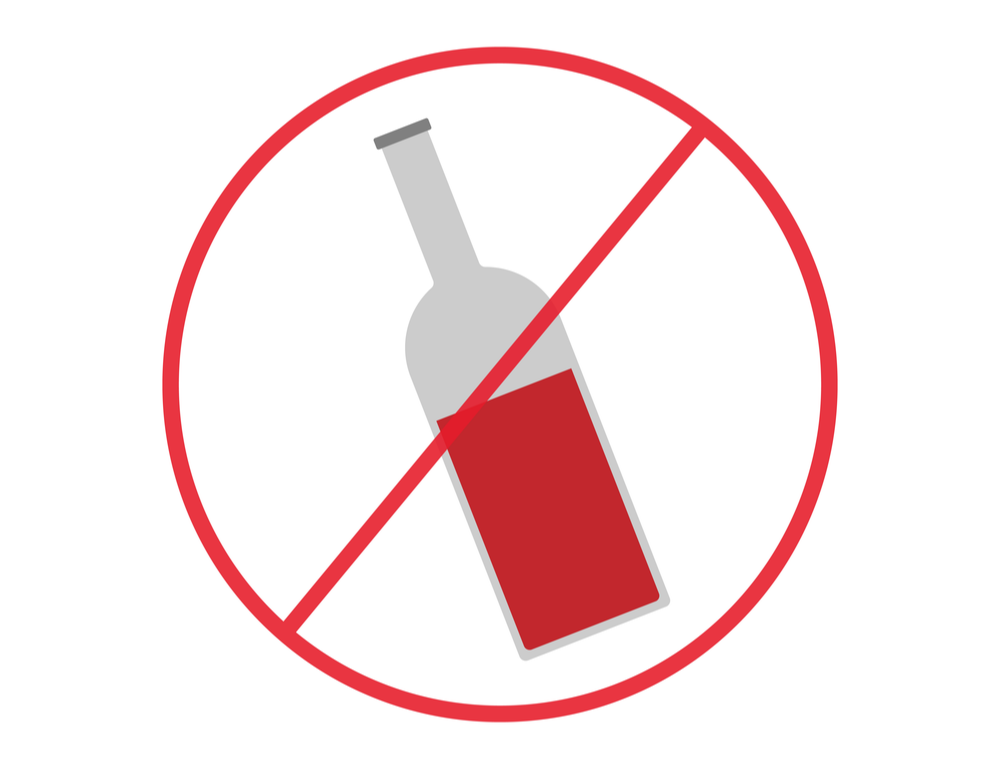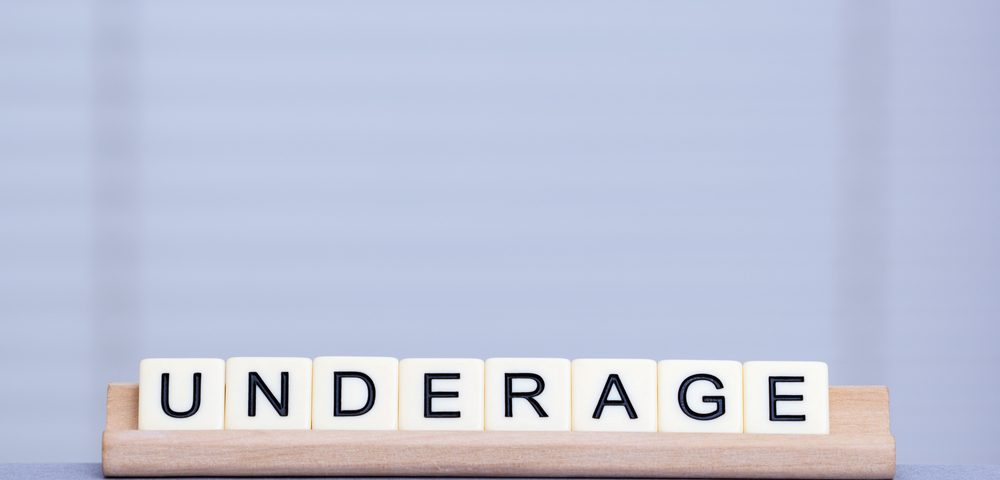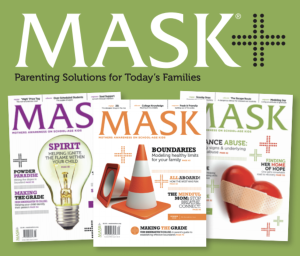
Actions & Accountability for Pre-K
February 27, 2021
MENTAL HEALTH RISE AMONG YOUTH
March 1, 2021
Junior high is a critical time in a child’s life, especially when it comes to underage drinking and alcohol abuse. When children reach this stage in their lives, they are more susceptible to giving in to peer pressure and experimenting with risky behaviors. Research shows that most children who go on to drink start in middle school. In fact, one out of two 8th graders has tried alcohol.
The most common types of alcohol among junior high school-age children is beer. However, it’s been reported that children have also filled water bottles with vodka and other clear spirits, and have experimented with pocket shots (alcohol in a bag) alcopops (flavored alcoholic drinks) and alcohol-soaked candy, such as Gummi Bears.
Approximately 40 percent of children will have tried alcohol by the time they reach 8th grade, making it a dangerous introduction to other drugs and dangerous substances. Statistics show that children who drink are 7 times more likely to go on to use an illicit drug, 22 times more likely to use marijuana, and 50 times more likely to use cocaine compared to children who never drink.
 Signs and symptoms
Signs and symptoms
Smell of alcohol on clothes and breath.
Sudden change in mood or attitude.
Change in attendance or performance at school.
Loss of interest in school, sports or other activities.
Discipline problems at school.
Withdrawal from family and friends.
Secrecy.
Association with a new group of friends and reluctance to introduce them to you
Alcohol disappearing from your home
Depression and developmental difficulties
 What you can do
What you can do
Spend time together regularly.
Listen and talk with your children. Try to understand the pressures placed on them and don’t criticize their beliefs.
Keep track of where your children are, what they’re doing and who their friends are.
Get them involved in extracurricular activities so they won’t be able to just “hang out” with friends after school. This is when children are most likely to experiment.
Praise or reward them often. If they feel good about themselves, they will be better able to resist peer pressure.
Be a positive role model for your children. Don’t abuse alcohol or drugs.
 Possible risks
Possible risks
Dependence. People who reported drinking before the age of 15 were four times more likely to become dependent on alcohol at some point in their lives.
Illicit drug use. More than 67 percent of young people who start drinking before the age of 15 will try an illicit drug.
Violence. Children who start drinking before age 15 are 10 times more likely to be in a fight while or after drinking.
Poor academic performance. Children who drink are at risk for lower grades and absenteeism. Alcohol can interfere with a student’s ability to think, making learning and concentration more difficult.
Sexual activity. Alcohol use by teens is a strong predictor of both sexual activity and unprotected sex.
 Conversation starters
Conversation starters
Do you know that it is illegal to drink before you are 21?
What do you think would happen if you were caught drinking alcohol by the police?
There is research that shows that drinking before age 21 changed your brain. How does that make you feel?
MASK the Parenting Magazine a quarterly publication providing solutions for Today’s Families.
The parenting manual offering solutions to the modern-day challenges families face. From Pre-K
through College stay up to date on the modern day issues families face.
Are you up to date on the issues your child is facing?
MASK Mothers Awareness on School-age Kids offers parenting solutions for today’s families. MASK tackles important topics – from drugs and alcohol to bullying and Internet safety -and gives students, parents and the community the knowledge and tools to manage these potential challenges.
Subscribe today! https://www.tools4teaching.com/product/mask-the-magazine/
Download and share the MASKmatters app now! Made for children, parents, teachers and in Spanish.
Have solutions at your fingertips
Available free on apple and google play links below
Apple https://apps.apple.com/us/app/maskmatters/id1482305692
Google Play
https://play.google.com/store/apps/details?id=com.maskmatters.maskmattersapp&hl=en_US&gl=US




